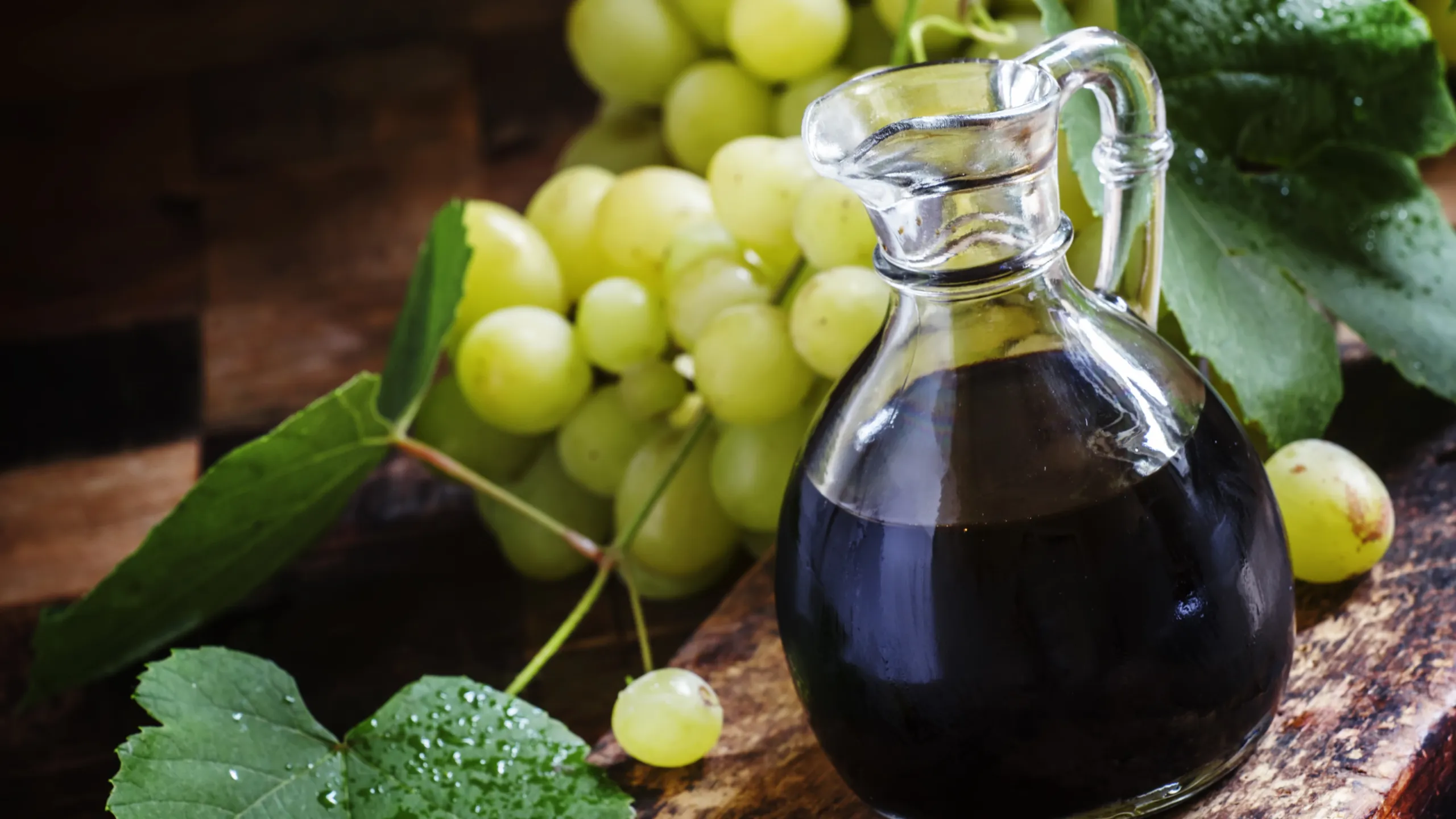Take Italian grapes—a hand-selected variety, say, Trebbiano. Add time, and lots of it. What do you get?
One of our favorite culinary staples here at Stonewood!
It might sound like wine… but we’re actually talking about balsamic vinegar, the sharp, tangy lifeblood of many a beloved Stonewood dish! It’s what gives starters like our Bleu Cheese Chips their characteristic spark, and we don’t know where we would be without it.
But did you know that balsamic vinegar goes quite a long way before it appears on your plate as a delicious reduction or vinaigrette? Read on as we explore the fascinating ins and outs of balsamic vinegar—and its myriad of culinary uses. Take a look.
A grape’s journey
So—how does balsamic vinegar make its way to your table?
Tradition states that it begins in Italy—originally in the picturesque regions of Modena and Reggio Emilia. Right after the white grapes are harvested (usually Trebbiano), they are boiled down to get to the must, a concentrate of seeds, stems and all parts of the grape.
That concentrate is then put into casks—and it doesn’t come back out for quite a while, for years, in fact! (The longer, the better, as this tradition goes.) During this time, science—and a bit of magic, some might say—takes place, transforming the must into something sweeter, stronger and thicker, taking on that characteristic, oozy balsamic texture we’re used to seeing.
An “angel’s share” also evaporates from the casks during this time, further intensifying the vinegar that remains inside. Once the desired amount of time has passed, a bit of the vinegar is removed from the cask—now looking a lot more like the balsamic vinegar we’re accustomed to!
More than vinegar?
You might have noticed that, during this entire process, there are no actual balsam trees involved. That’s because balsamic vinegar is only “balsamic” in name, borrowing from the word’s second definition—meaning “curative,” as in aceto balsamico or curative vinegar.
So, can balsamic vinegar actually do more than boost the flavor of a food? Perhaps. In its earliest days, balsamic vinegar was used to heal pain and wounds. Today, it is especially known for its digestive benefits. In fact, the highest quality variants (i.e. the oldest ones) are sometimes consumed in a glass, as a post-meal digestif. Who knew?
Of course, body benefits aside, balsamic vinegar is perhaps best-known for its flavor—sharp, sweet, instantly recognizable wherever it’s used…
How to enjoy
Wondering how to enjoy balsamic vinegar at home? You’ll often find recipes that call for a balsamic vinaigrette—which balances off the balsamic “punch” with the addition of oil. You can find that vinaigrette on Stonewood dishes such as our Steak Salad (where it plays nicely with raspberry) or our Herb-Encrusted Grouper, for seafood fans.
Its intense flavor is also used to pique your interest at the beginning of a meal—balsamic vinegar is a popular topper for assorted antipasti, such as the classic tomatoes and mozzarella (a deliciously simple party app!), as a sweet reduction on Stonewood’s Bleu Cheese Chips or in a dressing on the classic Italian Bruschetta. When those Mediterranean flavors get together, they form a truly unstoppable force.
And of course, for just a touch of that balsamic goodness on the side, try a serving of Balsamic Glazed Brussel Sprouts! It’s our take on an everyday dish… made a little less every day thanks to the addition of that classic balsamic zing.
What’s your favorite Stonewood dish that features a balsamic touch? We’d love to hear it! Share it in the comments below, then come by and enjoy it with a delicious night out.




